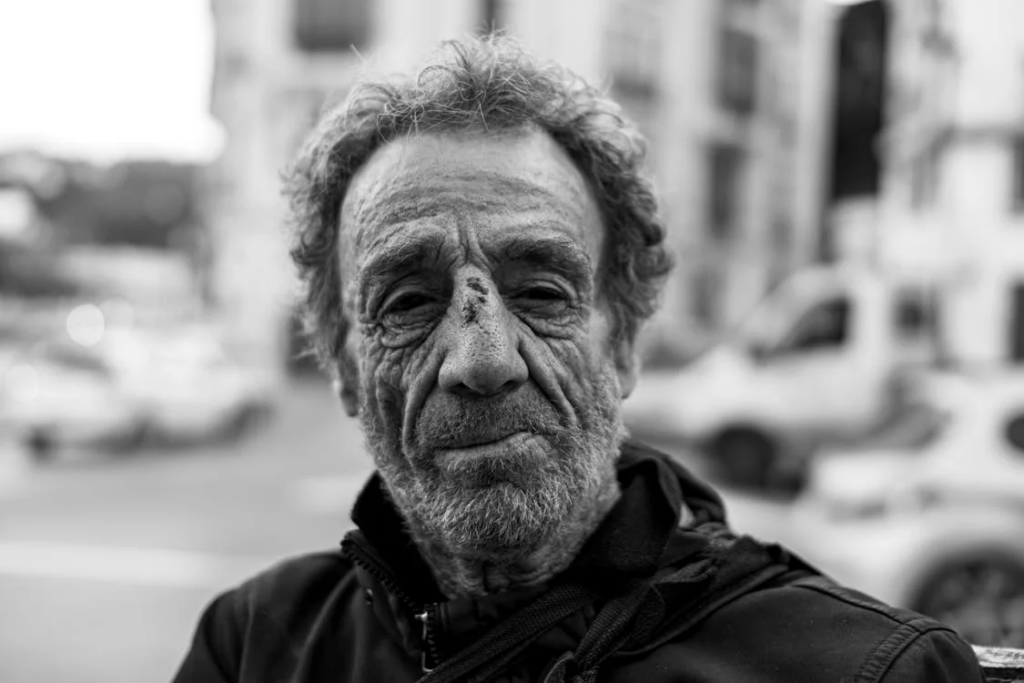The passage from life to death is a profound transition, marked by the gradual cessation of bodily functions and senses. As science illuminates this enigmatic journey, we unravel the sequence in which our senses bid farewell—offering insight into the intricacies of the human experience. James Hallenbeck, an esteemed expert in palliative care at Stanford University, has dedicated his career to understanding the intricacies of end-of-life experiences. Drawing from his wealth of expertise and compassion, Hallenbeck has meticulously documented the sequence in which dying patients lose their senses—a roadmap through the final stages of life’s journey.
Hallenbeck’s seminal work offers invaluable insights into the profound transformations that accompany the transition from life to death

With precision and empathy, he unravels the mysteries of sensory decline. Shedding light on the nuanced interplay between physiology, psychology, and spirituality. As a beacon of wisdom in the field of palliative care, Hallenbeck’s research not only deepens our understanding of mortality but also enriches our capacity for empathy and compassionate care.
Through his pioneering efforts, Hallenbeck continues to inspire a new generation of healthcare professionals, guiding them on a path of profound healing and solace for those nearing life’s end. His legacy serves as a testament to the enduring power of compassion and the transformative impact of understanding in the face of life’s most profound mysteries. In his book Palliative Care Perspectives, he wrote: “First hunger and then thirst are lost. Speech is lost next, followed by vision. The last senses to go are usually hearing and touch.”
Read More: Doctor Convinced Without a Doubt That There’s Life After Death
Hunger and Thirst: The Fading Appetite

The decline in appetite and thirst at the threshold of death not only reflects physiological changes but also underscores the profound shift in the body’s priorities. Beyond mere cessation of hunger pangs and the desire for hydration, this stage signifies a deeper relinquishment. A letting go of earthly needs in preparation for the final journey. Understanding the metabolic nuances of this phase sheds light on the body’s remarkable adaptability in confronting mortality.
Speech: The Waning Voice

Speech, often regarded as a quintessential expression of human connection, undergoes a poignant transformation as death approaches. The slowing cadence of conversation and the eventual silence mirror the gradual withdrawal from the external world. Yet, within this silence lies a profound form of communication—a silent dialogue between the departing soul and the cosmos, transcending linguistic barriers and temporal constraints. Exploring the psychosocial dimensions of this stage unveils the complexities of human consciousness in its twilight hour.
Read More: 5 Most Common Deathbed Regrets, According to Palliative Care Nurse
Vision: The Dimming Light

The fading of vision heralds a transition from the tangible to the ethereal—a journey into the realm of shadows and whispers. As the visual landscape recedes, the mind’s eye opens to vistas unseen, traversing the threshold between perception and imagination. Hallucinations, far from mere aberrations, offer glimpses into the psyche’s innermost recesses, weaving a tapestry of memory and emotion. Through the lens of visual decline, we embark on a voyage through the corridors of consciousness, where reality and illusion intertwine in a dance of fading light.
Touch: The Lingering Connection

In the moments before passing, tactile sensations linger as traces of earthly existence. Bridging the divide between the finite and the infinite. Though brief, the touch of a loved one’s hand carries the weight of a lifetime’s worth of shared experiences—a testament to the lasting power of human connection. As consciousness wanes, touch becomes a conduit for transcendence, exceeding the physical body’s limitations to touch the very essence of being. Exploring the healing potential of tactile stimulation in end-of-life care unveils the profound impact of human touch on the journey toward acceptance and peace.
Hearing: The Last Echoes

In the final moments, amidst the silence of the senses, hearing emerges as a keeper of awareness. Echoing the whispers of eternity. The groundbreaking research inspiring the diligence of acoustic perception in the face of upcoming demise offers a glimpse into the strength of the human spirit—a testament to the lasting legacy of sound. Through the sounding of final echoes, we confront the paradox of mortality, finding solace in the timeless resonance of the human voice.
In Conclusion:

In the symphony of life’s sunset, the sequence of sensory shutdown unveils the complexities of our mortal journey. From the fading hunger to the lingering echoes of sound, each sense offers a poignant narrative of departure. As we consider the enigma of death, we find solace in the lasting legacy of sensation. Transcending the brief confines of existence. In the embrace of eternity, our senses pave the way for a timeless song of being—a testament to the enduring beauty of the human experience.
Read More: The Body Knows When Death is Near, and It Begins in Your Nose
Sources
- “You will lose your senses in specific order when you’re about to die, expert reveals” Metro. Sophiemay-williams. April 13, 2024.
- “A DOCTOR has revealed the first senses people lose just before they die” The Sun. Harry Goodwin. April 2023.
- “What It Feels Like to Die” The Atlantic. Jennie Dear. September 9, 2015.

